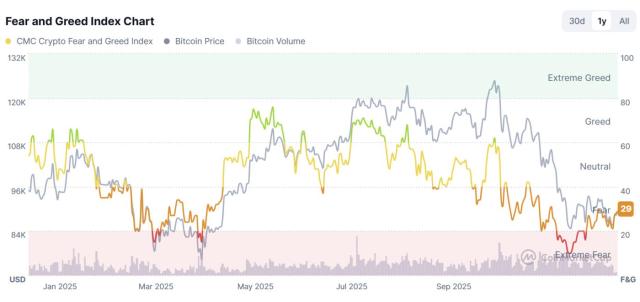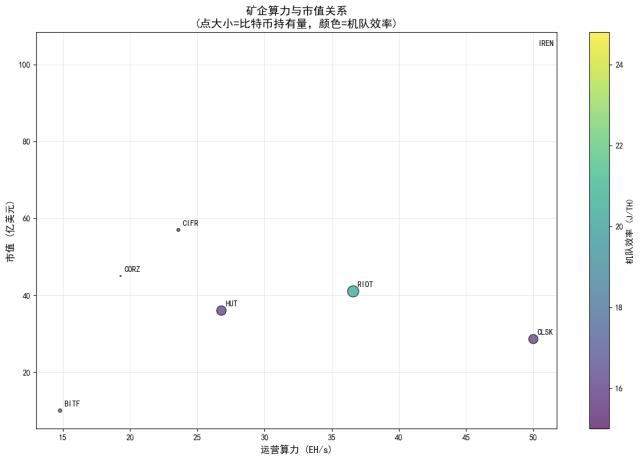Many events occurred on the 13th:
- The Ministry of the Treasury, the Federal Reserve and the FDIC jointly declared that all deposits from Silicon Valley Bank (SVB) can be claimed; the collapsed Signature Bank was also directly taken over by the FDIC
- HSBC is buying the UK branch of Silicon Valley Bank for 1 euro. European stocks fell on Monday, and banking stocks HSBC, Commerzbank, and Credit Suisse all fell.
- During working hours in the United States on Monday, USDC redemption Liquidity resumed as banks opened, and the value of the original decoupling almost recovered
However, the stock market’s worries about bank stocks did not stop. First Republic Bank fell by more than 50% before the market, and finally suspended trading directly. Many other bank stocks also fell sharply.
The relief of USDC concerns, coupled with the crisis that many banks have fallen into, seems to have brought the story to the classic model of "banks are not trustworthy, money goes into Bitcoin".
Bitcoin rose rapidly after the U.S. stock market opened, with a maximum increase of 18% in the 24 hours before the deadline, rising to 24,500.
Let investors shout: "FDIC bailed out Bitcoin." This is from the US Treasury Secretary Yellen 's statement that it will help depositors, but will not bail out companies again. As a result, in the end, Bitcoin rose sharply.
Yes, the FDIC bailed out Bitcoin.
— Nassim Nicholas Taleb (@nntaleb) March 13, 2023
If narrative (narrative) is an important element driving the encryption market, then this is only the first narrative.

Looking forward to a slowdown in rate hikes, or even a rate cut?
Since the drastic rate hike policy is the main cause of these bank Liquidity disasters, will the tightening policy be scaled back, or even eased again?
Jim Bianco, macro strategist and chief executive of Bianco Research, a financial analysis firm, said that the two-year Treasury bill rate has fallen by 85 basis points in the past three trading days. Only once in the past 40 years has this much changed over three trading days, and that was the 1987 stock market crash. Also last Wednesday, the expectation of the next interest rate hike was 80% to rise by 50 basis points, and now it is 44% that the rate hike will not increase, that is, to maintain 25 basis points. For the March 21-22 market meeting, Goldman Sachs no longer sees the Fed raising interest rates.
For the optimistic currency circle community, this is interpreted as the possibility of ending interest rate hikes, or even an opportunity for easing. This is also another narrative of the spring of the currency circle.
However, in the discussion of the Lianxin Podcast , it is still believed that the general direction of the interest rate hike policy will not change. The US government only uses various existing means to help the people obtain savings, but it will not change the goal of combating inflation. .
It can also be seen from the chart compiled by Yahoo Finance that if SVB and First Republic Bank are really compared with large US banks, there is still a big gap in scale:

According to the FDIC's statistics , bank failures are not uncommon. Whether this will affect the interest rate hike target is still unknown. But it is worth noting that, as far as a single bank is concerned, the failure of SVB this time is comparable to the sum of more than a hundred banks in 2009 during the financial tsunami.








